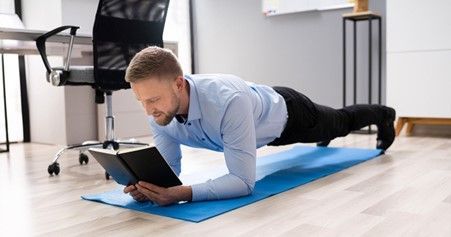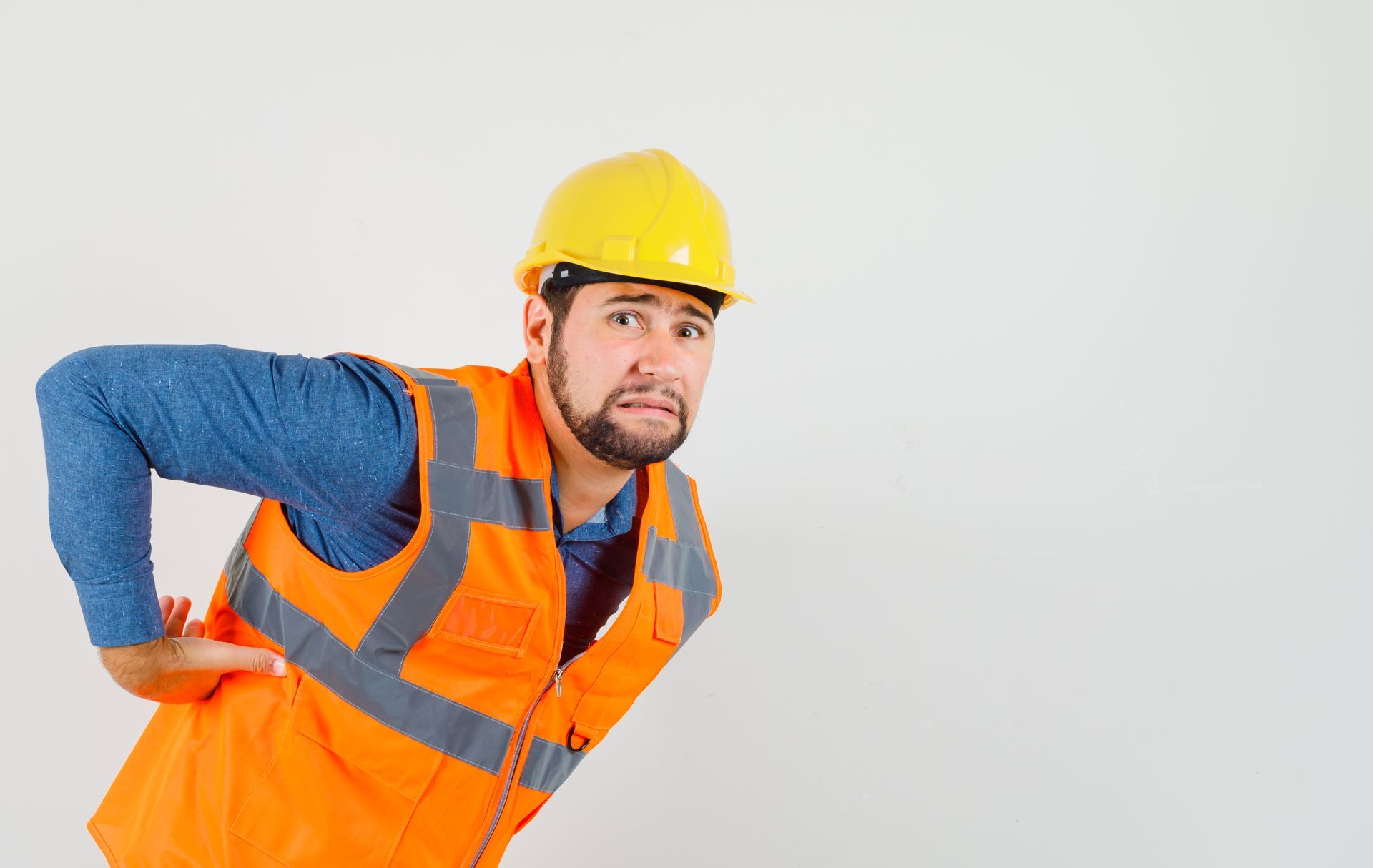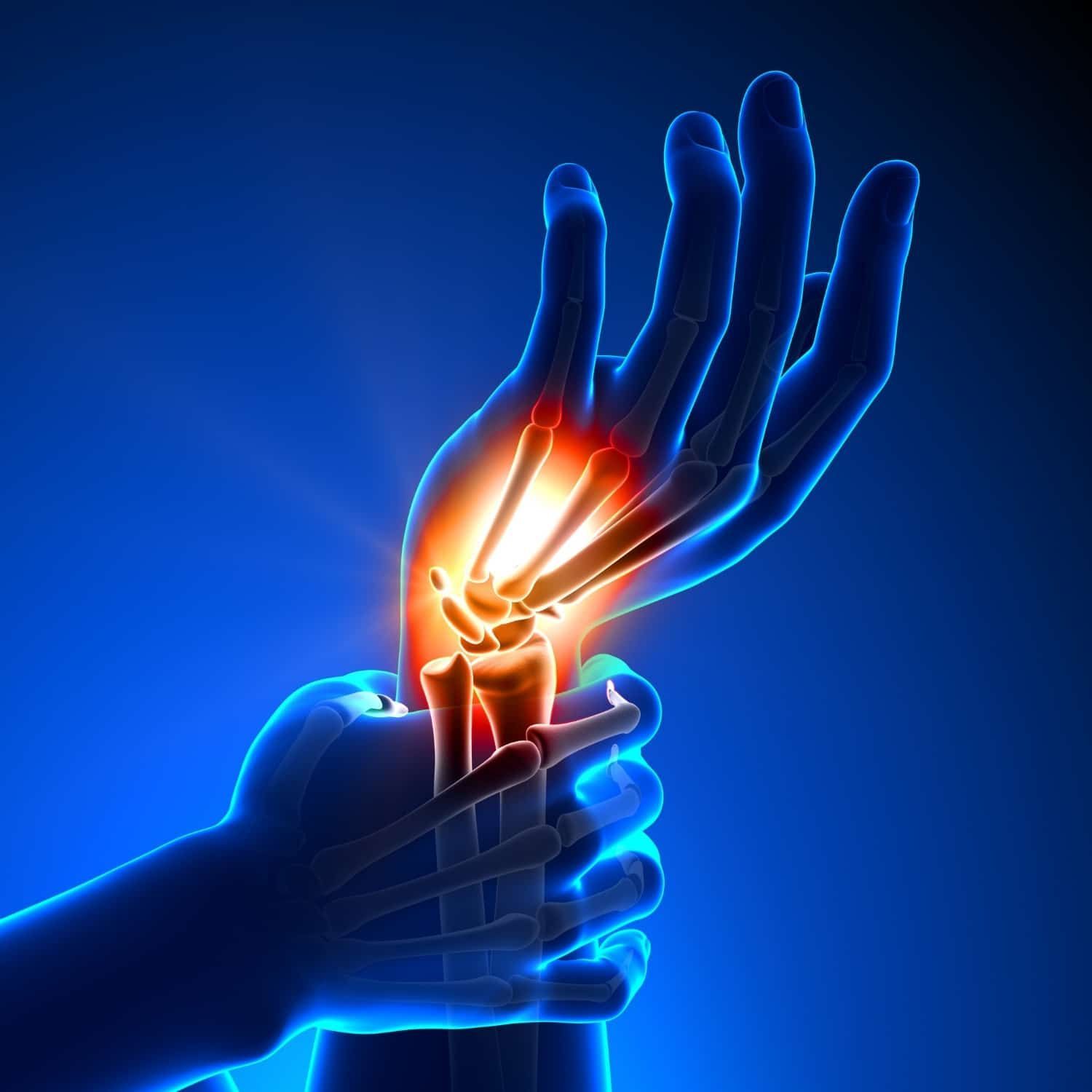The weak knees of an Exercise Physiologist.
Sweaty palms, heavy arms, spaghetti (mum’s), but mainly weak knees.
At one stage it seemed like almost a pre-requisite for joining the team at Absolute Balance, but I, like several of my colleagues, fell victim to the dreaded ACL injury. Unfortunately, not once but twice; a right knee ACL rupture in 2017, followed by a left knee ACL rupture and medial and lateral meniscus tears in 2020. In 2017 I underwent an ACL reconstruction with hamstring graft, after which I returned to competitive sport comfortably at 18 months. In 2020 I decided not to undergo surgery, instead attempting a non-operative approach. I made major progress but ultimately due to my knee still “giving way” I would not be able to return to competitive sport unless I underwent surgery. Since then, my ongoing strength program has allowed me to return to running comfortably, engage in recreational activities, and significantly reduce occurrences of my knee giving way. From my journey I was able to experience first-hand some key factors in managing ACL tear rehabilitation successfully.
- An experienced and knowledgeable support team.
In 2017 I did not have a strong support network of professionals to guide me through my post-operative rehabilitation. The surgery outcome itself was a success but my rehabilitation was disjointed. I lagged in my rehab stages, still not having full range of knee flexion at 12 months post-operation. I experienced poor mental health, and ultimately had a delayed return to competitive sport at 18 months.
In 2020 I was able to navigate my recovery with the right guidance and support from a physiotherapist experienced in non-operative ACL rehabilitation, an experienced and honest surgeon (who told me impartially a return to competition would not be likely without surgery), and an exercise programme (self-prescribed as an AEP) guided by their recommendations. This allowed me to achieve strength and fitness levels greater than I had before the injury.
- Prehab = low risk, high reward.
A positive of my training post ACL rupture is I can’t make it worse as it’s gone and it’s not growing back (although recent studies have shown in some lucky people, it can do just that). The caveat is being mindful not to get carried away and cause damage to everything else, now that I can do most activities I enjoy. The improvements in muscle strength from the non-operative approach should hold me in good stead leading into my eventual ACL reconstruction.
A meta-analysis by Poulsen et al (2019) identified that the risk of developing osteoarthritis after a significant knee injury was 4-6 times higher than a non-injured knee, however this risk was similar regardless of operative or non-operative approaches. Studies also support the completion of preoperative rehabilitation consisting of progressive strengthening and neuromuscular training prior to surgery, as patients were shown to have greater functional and subjective outcomes (Failla et al (2016), Rejiman et al (2021)).
- Make an educated decision.
Ultimately the choice comes down to the patient, but it is important that they are presented with the research, risks, and benefits, to make an informed decision. As allied health professionals, it is important for us to provide up to date information on their injury, recovery timeframes, and support them in their journey. Lifestyle, demands, age, and comorbidities should be factored into the decision making; however, a positive outcome is more likely when a patient is provided the right support, and surrounded by a team of professionals who are looking out for their best interest.
References.
Failla, M. J., Logerstedt, D. S., Grindem, H., Axe, M. J., Risberg, M. A., Engebretsen, L., . . . Snyder-Mackler, L. (2016). Does Extended Preoperative Rehabilitation Influence Outcomes 2 Years After ACL Reconstruction? A Comparative Effectiveness Study Between the MOON and Delaware-Oslo ACL Cohorts. Am J Sports Med, 44(10), 2608-2614. doi:10.1177/0363546516652594.
Poulsen, E., Goncalves, G. H., Bricca, A., Roos, E. M., Thorlund, J. B., & Juhl, C. B. (2019). Knee osteoarthritis risk is increased 4-6 fold after knee injury - a systematic review and meta-analysis. Br J Sports Med. doi:10.1136/bjsports-2018-100022.
Reijman, M. et al. (2021) “Early surgical reconstruction versus rehabilitation with elective delayed reconstruction for patients with anterior cruciate ligament rupture: Compare randomised controlled trial,” BMJ [Preprint]. Available at: https://doi.org/10.1136/bmj.n375.
Bastien Auna
Workers Compensation Specialist (AEP, ESSAM)
Exercise Rehabilitation Services ‑ WA
